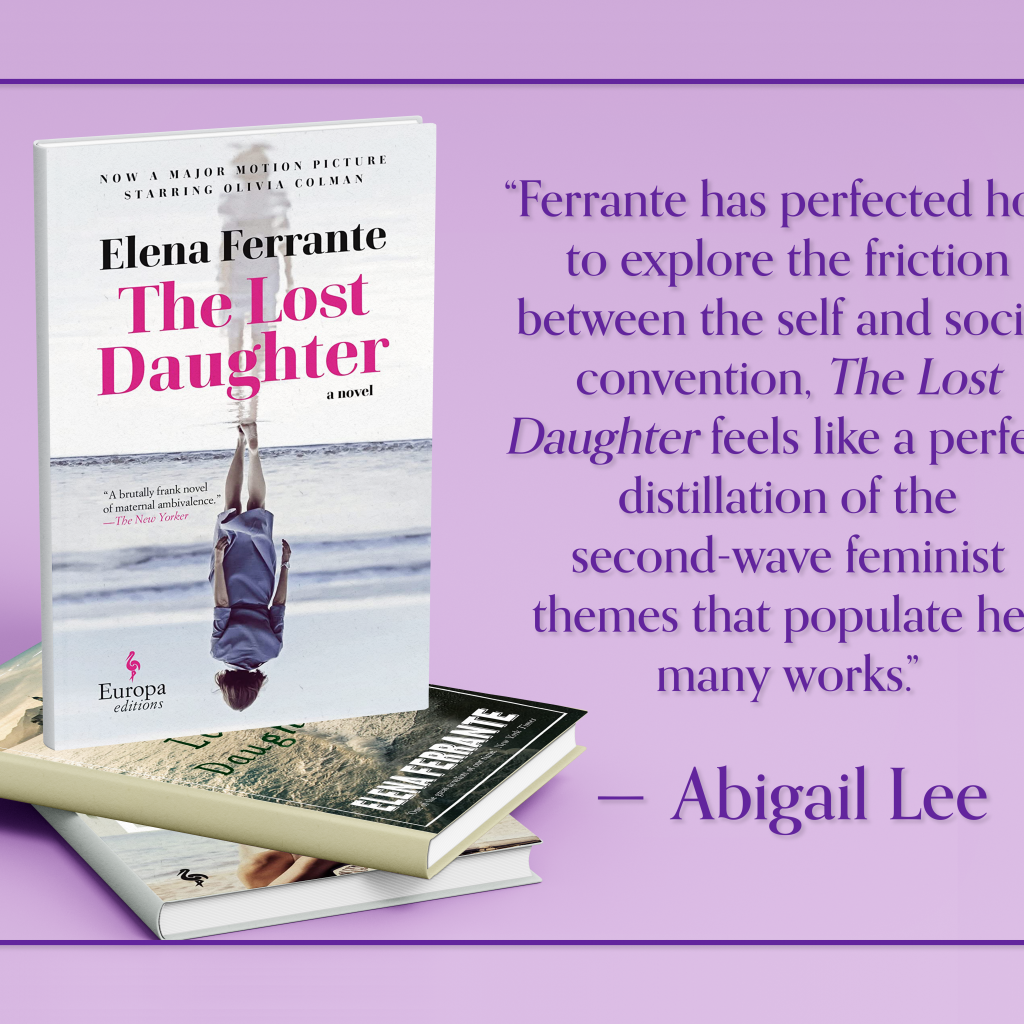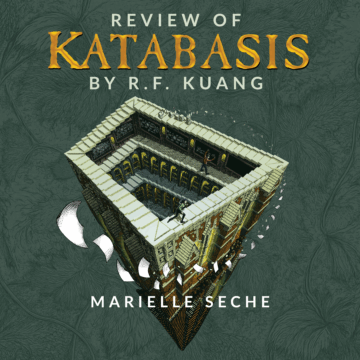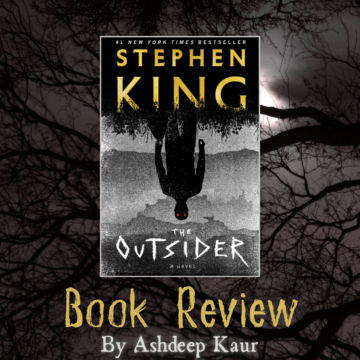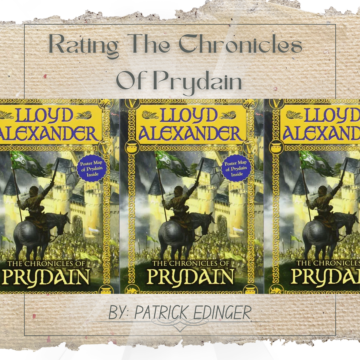by Abigail Lee

Motherhood is a minefield in The Lost Daughter, Elena Ferrante’s 2006 novel originally written in Italian. The book was adapted into a Netflix movie in late 2021, which has brought a new wave of readers to the story. Ferrante has perfected how to explore the friction between the self and social convention, and The Lost Daughter feels like a perfect distillation of the second-wave feminist themes that populate her many works.
The Lost Daughter is about an educated woman who, originally hailing from the poorer Naples, has ascended to the middle class of northern Italy. Leda is a 47-year-old empty nester who finds that after her two daughters leave home, she suddenly feels an unburdened liberation. She decides to take a summer vacation on the Ionian coast, and all goes well until one day, a rowdy Neapolitan family arrives at the beach. They remind her of her own family: “Every question sounded on their lips like an order barely disguised by a false good humor.” Leda notices a woman who stands out from that group, a beautiful young mother named Nina who plays with her daughter Elena.
Nina and Elena are remarkable for their harmony, which contradicts the disruptiveness of their family. Leda observes them compulsively. Nina and Elena primarily focus their attention on Elena’s doll, nicknamed Nani. Leda is fascinated by the mother and daughter’s interactions with the doll, noting at one point, “They gave her words in turn, now together, superimposing the adult’s fake-child voice and the child’s fake-adult voice.” The game is alienating to Leda, who, watching from the outside, cannot reconcile the two voices into one as Nina and Elena can. “Give the doll a stable, constant voice, either that of the mother or that of the daughter,” she thinks.
The book, as it is with many of Ferrante’s projects, delves into the minds of women whose bourgeois temperaments belie an underlying instability that is expressed through psychosomatic distress.
Leda eventually becomes friends with Nina and the family, but the innocuous peace of the vacation does not return. “That woman, Nina, seemed serene, and I felt envious.” Nina is a reference, a juxtapositional figure that Leda uses to evaluate herself as a mother and a daughter. The dual sides implicate one another. When Leda carries out an action that sets the book in motion, she deems it “an infantile reaction, nothing special, we never really grow up.”
The book, as it is with many of Ferrante’s projects, delves into the minds of women whose bourgeois temperaments belie an underlying instability that is expressed through psychosomatic distress. Ferrante’s narrators are women who periodically lose control, or at least, their inner lives suddenly assume uncharacteristic chaos. In order to leverage social mobility, these women have become more restrained with refinement, in fear of the excesses of their Neapolitan origin. But their identities have been shaped, and at times, subsumed by patriarchal structures: motherhood, wifehood. What kind of ambivalence develops under these conditions? What kind of disorder will it sow?
At the heart of this novel is the question of motherhood. Its complexities, its frustrating inconclusiveness. Leda says of the doll at one point, “she was the shining testimony of perfect motherhood.” Leda grapples with that model of ‘perfect motherhood’ as she reflects, in signature Ferrante style, on her experience as a mother and “the chain of mute or angry women I came from.” Despite Leda’s lifelong desire to escape her background, she returns to her own history to search for answers.
Ferrante’s prose has always been dense to the point of claustrophobia because it traps you in introspection until the walls of memory become the skins of the present. The Lost Daughter isn’t Ferrante’s best novel or the most lucid, but it’s a captivating dive into the murky unknown and a worthy read for fans of the film.
Order The Lost Daughter today from Indiebound, Barnes & Noble, or Amazon.


